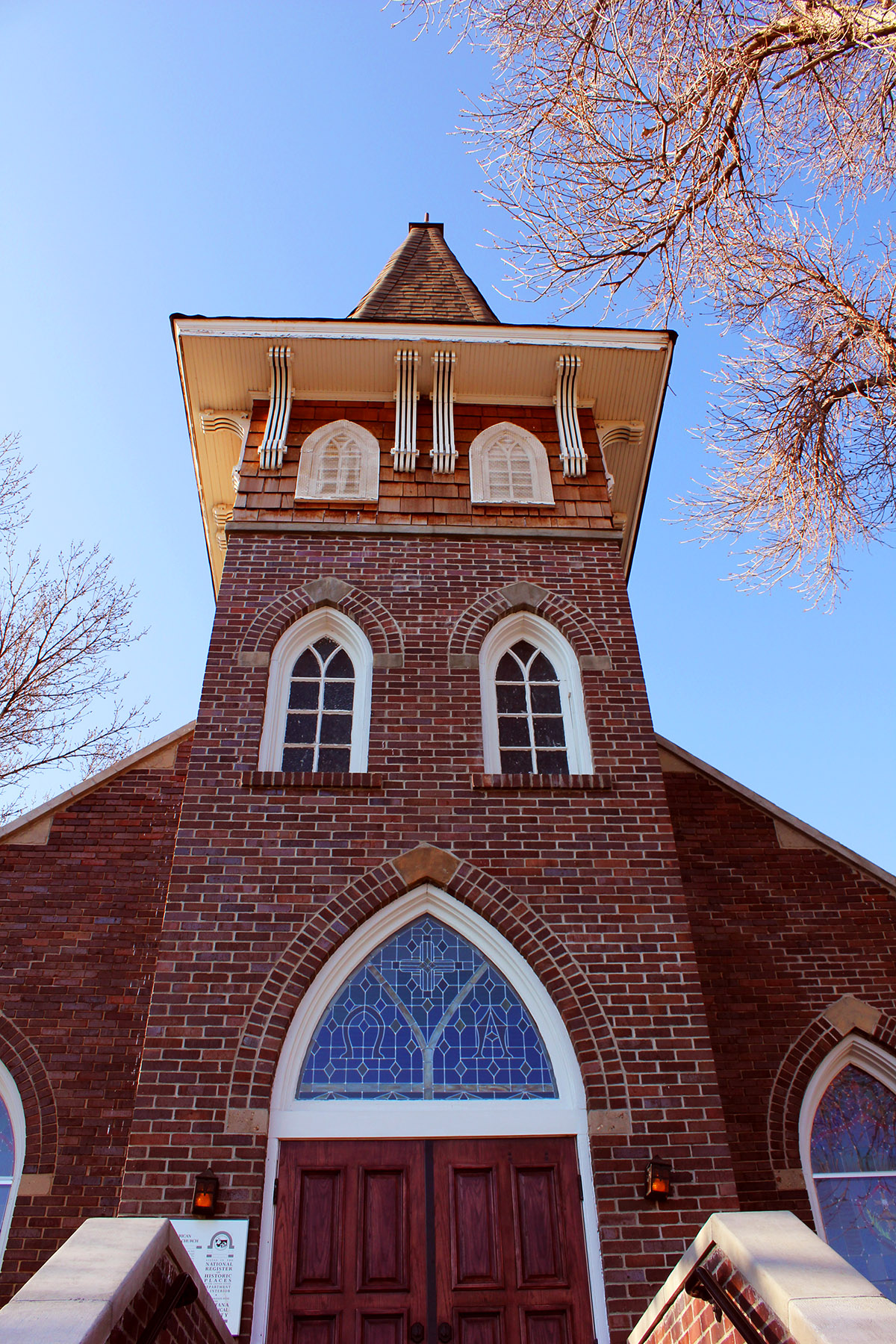Montana's African American Heritage Places in the National Register
The National Register of Historic Places is the official list of the Nation's historic places worthy of preservation. Authorized by the National Historic Preservation Act of 1966, the National Park Service's National Register of Historic Places is part of a national program to coordinate and support public and private efforts to identify, evaluate, and protect America's historic and archeological resources. -NPS
Montana has only six National Register-listed properties documented specifically for their association with individuals and events pertaining to the African American community. The Union Bethel AME Church in Great Falls, the Samuel Lewis House in Bozeman, the Morgan-Case Homestead near Rock Creek, and Helena’s Haight-Bridgewater House, Dorsey Grocery and Residence, and Crump-Howard House all exhibit high levels of both historical and architectural significance. Links to each of these nominations appear below.
In 2016, the Identifying Montana’s African American Heritage Places Project resulted in a Multiple Properties Documentation form under which the Dorsey Grocery and Residence and the Crump-Howard House were nominated. This document provides a tremendous amount of context about the African American experience in Helena and statewide from the late nineteenth through the late twentieth centuries.
“African-American Heritage Places in Helena, MT,” Multiple Properties Documentation
Conveying the history of the African American experience in Helena within statewide and national contexts, this document focuses on three phases of local community development: “Helena’s Early African-American Community, ca. 1862-1877,” “The Heyday of Helena’s African-American Community, ca. 1877-1910,” and the “Decline and Endurance of Helena’s African-American Community, ca. 1910-1970.”
“African-American Heritage Places in Helena, MT,” Multiple Properties Documentation
Union Bethel African Methodist Episcopal Church
The Union Bethel African Methodist Episcopal (AME) church represents patterns of black community growth in the western U.S., and is closely tied to the historical development of the African American community in Great Falls. The church is one of the first-built and longest-used African American churches in Montana and thus is significant at the statewide level. The property possesses additional significance as an important local example ecclesiastical Gothic Revival architecture typical in Montana in the early twentieth century.
Union Bethel African Methodist Episcopal Church National Register of Historic Places nomination form
Samuel Lewis House, Bozeman
The Samuel W. Lewis house stands as a testament to Bozeman's steady economic and demographic evolution through the late nineteenth century. Samuel W. Lewis, the most prosperous and influential member of a small African-American population in early Bozeman, had a marked influence in the community's growth and development between 1868 and 1896. As such, the house is a vital reminder of Bozeman’s early ethnic history. Finally, the residence is an unusual example of an Early Classical Revival Style gable-front-and-wings house remodeled into an outstanding example of the Queen Anne Style with Eastlake decorative details. Architecturally, the house also parallels Bozeman’s late-nineteenth century growth and development from a more modest and essentially vernacular built environment to one which is far more stylistically sophisticated. The house is one of very few buildings in Bozeman to display Eastlake embellishments, and is unquestionably the best local example of this stylistic influence.
Samuel Lewis House National Register of Historic Places nomination form
Morgan-Case Homestead, Philipsburg vicinity
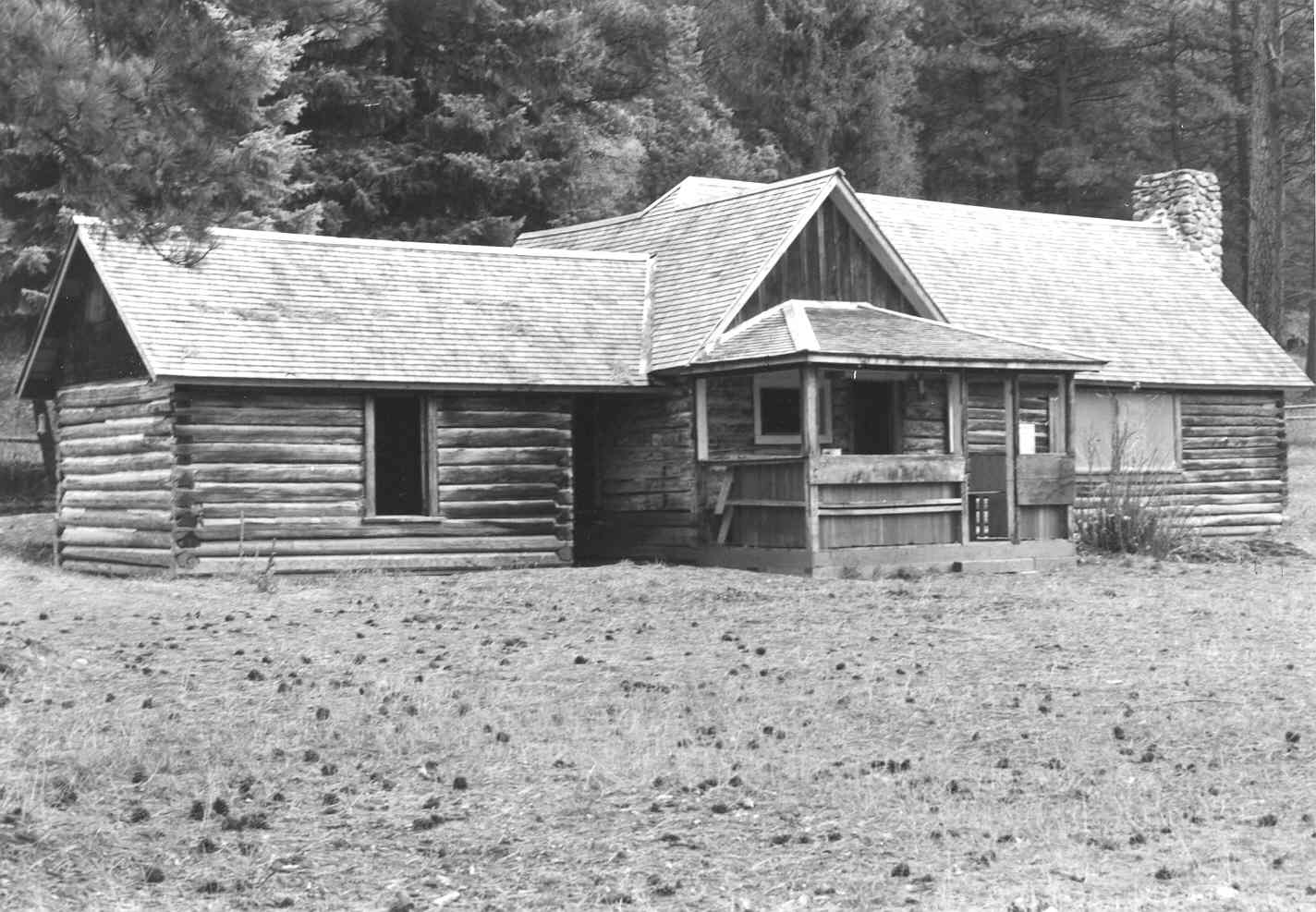
The first occupant of record of the Morgan-Case Homestead Historic District was Annie (Agnes) Morgan, an African-American woman who, at age 44, came to Montana as a cook for General Custer in 1876. Morgan left Custer's service sometime before the battle of the Little Bighorn and made her way to Philipsburg. Morgan took up residence in the two-room cabin of an abandoned fox farm along Rock Creek. Joseph "Fisher Jack" Case met Annie Morgan in 1894, and together they lived on Case’s war pension, proceeds from selling strawberries and vegetables, and raising some small livestock. They also earned extra income by providing campsites and a bunkhouse for hunters, fishermen, and other outdoor enthusiasts. For nearly two decades Morgan and Case lived on the property without obtaining a patent to the land. Though Morgan filed her claim in 1911, it did not come through prior to her death in 1914. Shortly thereafter, in October of 1915, Case filed his own claim on the land he had shared with Morgan. After several years of negotiations, Case finally received a patent to the land in July of 1919.
Morgan-Case Homestead National Register of Historic Places nomination form
Haight-Bridgwater Residence, Helena

Constructed in 1890, the Haight – Bridgwater House’s modest architecture belies the significant history it represents. Built as a residence during the height of Helena's prosperity and growth, the was situated at the northernmost reaches of the city. Through the late 19th and early-mid 20th centuries, the building served as an important gathering place and touchstone for both the Broadwater neighborhood and the African-American community in the city, including a brief tenure as a Baptist mission house. Further, the house embraces the story of three women, who each in their own right, faced and overcame adversity during their time in Helena. Their experiences contribute to our understanding of the social history of Helena during the late nineteenth and early twentieth centuries.
Haight-Bridgwater Residence National Register of Historic Places nomination form
Dorsey Grocery and Residence, Helena
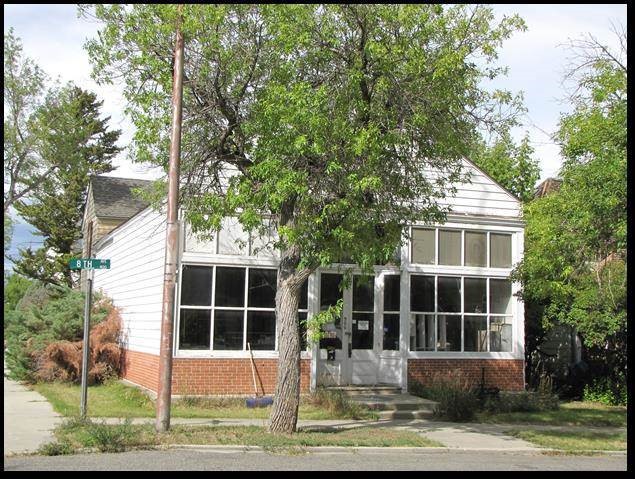
Established by one of Helena’s most prominent black families—the Walter and Almira Dorseys—the Dorsey Grocery and Residence housed several generations of extended Dorsey kin while the store was the most visible and substantial black-owned business in town. As such, it not only served African-American and other customers but also functioned as a focal point of the local black community, an exemplar of black achievement and an independent space owned by, and supportive of, African-American residents. The Dorsey Grocery and Residence was significantly associated with Helena’s African-American community for over 25 years, from its establishment in 1904 until 1932, when it passed out of the Dorsey family’s ownership.
Dorsey Grocery and Residence National Register of Historic Places nomination form
Crump-Howard House, Helena
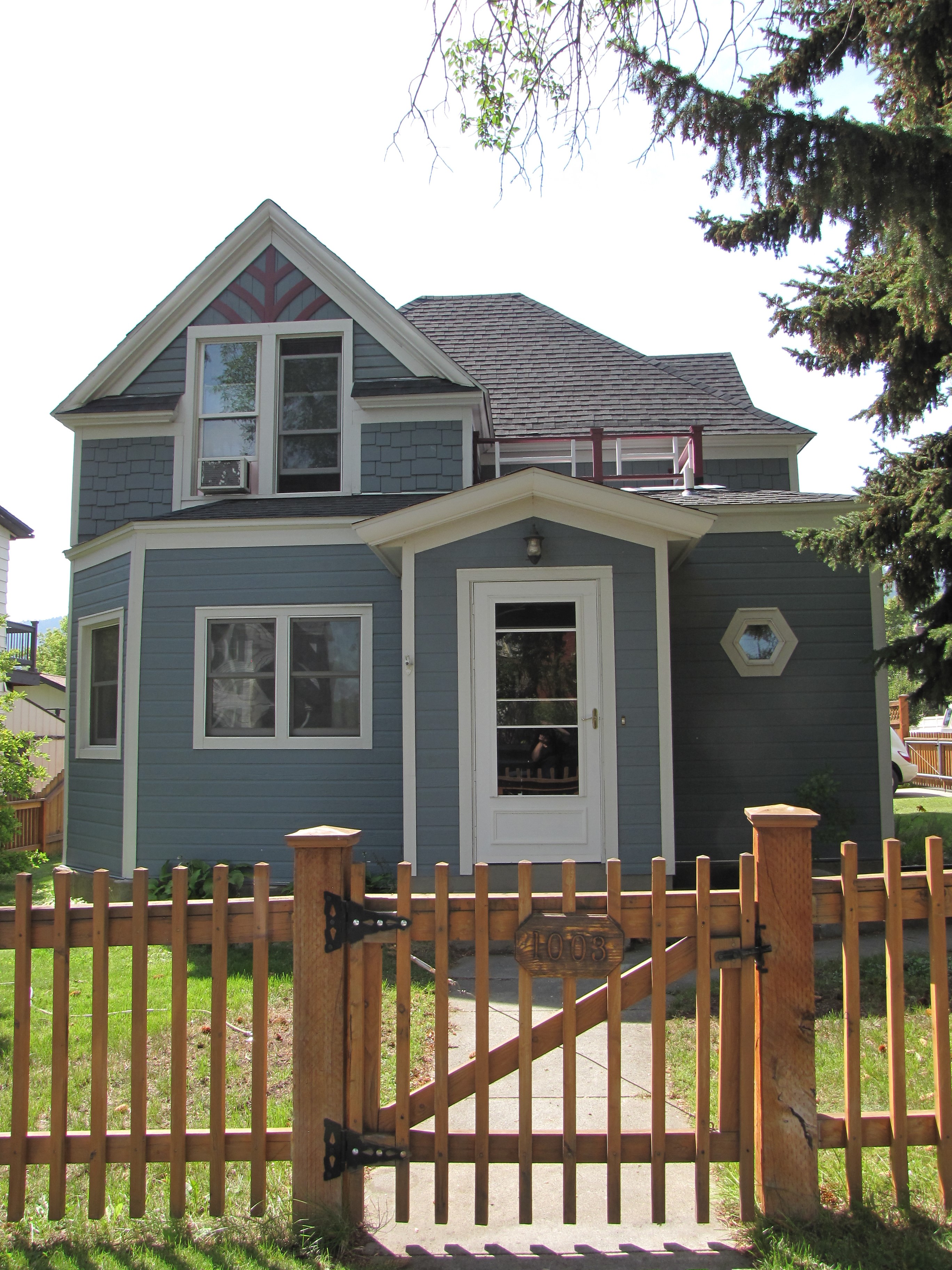
Built in 1889, the Crump-Howard House stands as a locally significant residential property associated with the history of Helena’s African-American community for more than 100 years. Constructed by two of Montana’s earliest and most prominent black residents—James and Clarissa Powell Crump—the home was subsequently occupied by the Crumps and three generations of their descendants.
Crump-Howard House National Register of Historic Places nomination form
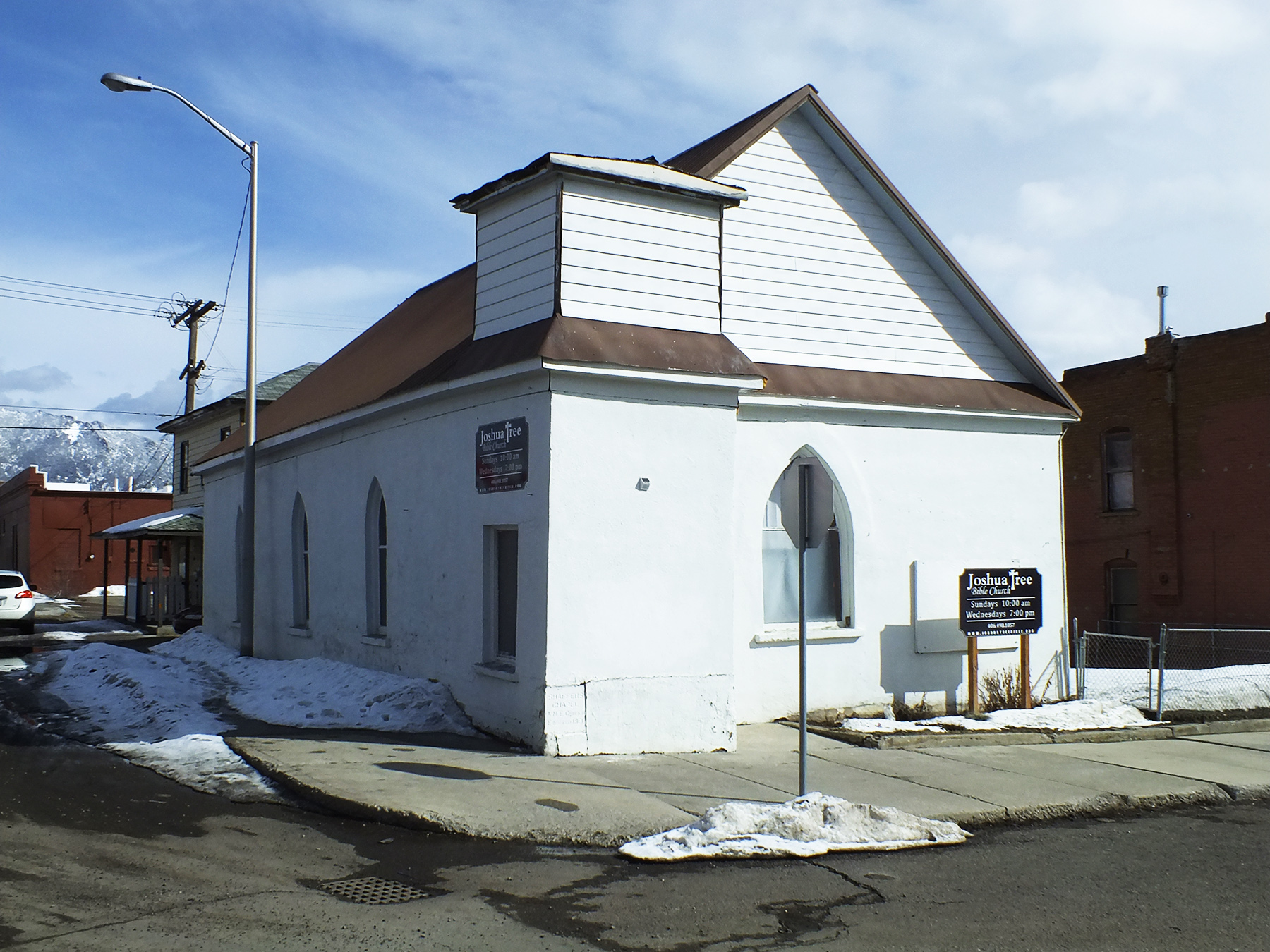
Shaffer’s Chapel
On the corner of South Idaho and Platinum Avenue sits the historic 116‐year old Shaffer’s Chapel African Methodist Episcopal Church, a cornerstone and conduit for African American life in Butte and beyond for over five decades. The church was a locus for political activism, benevolent work, and educational outreach in the south‐central Butte community of Emma that soon influenced other communities in Anaconda, Helena, Missoula, Bozeman, and Great Falls. The A.M.E. Church’s story is integral to the history of Butte, African American history throughout Montana, and inextricably linked to the early history of Civil Rights in the United States. The building historically known as Shaffer’s Chapel A.M.E. Church is the only remaining church in Butte that once hosted an all‐black congregation, and was one of the only public centers of the African American community during the twentieth century.
Shaffer’s Chapel National Register of Historic Places Nomination Form
Lyman – Neel Residence
The Lyman‐Neel Residence stands as an excellent example of the early wave of businessmen who settled in the potential territorial capital as the lure of Virginia City faded and Helena assumed the mantle as the financial, social and transportation hub of the territory. The home’s long succession of occupants from 1870 to 1968 mirrors the economic, social, and political milieu in Montana’s capital city and illustrates the changing character of the immediate North Rodney Street neighborhood from single‐ family dwellings to multi‐family households. Its association with the African American community dates from 1898 to 1901, when Alice Palmer leased the property from its owner and operated an African American boarding house from the premises. While tenure of the boarding operation by Alice Palmer was only three years, the scarcity of extant African American‐related buildings in Helena underscores the importance of recognizing the Lyman‐Neel Residence’s association with housing African Americans. In addition, the operation of the boarding house by Ms. Palmer reflects the economic times that necessitated many larger homes being converted to apartments.
Lyman – Neel Residence National Register of Historic Places Nomination Form
